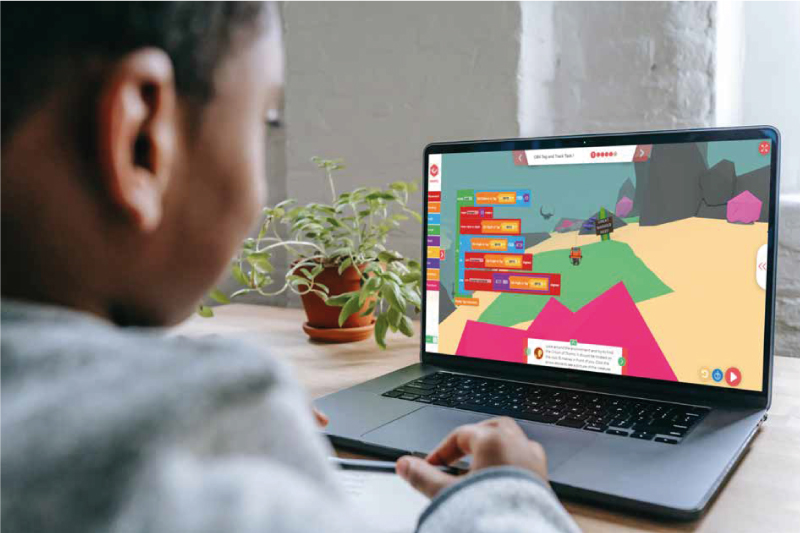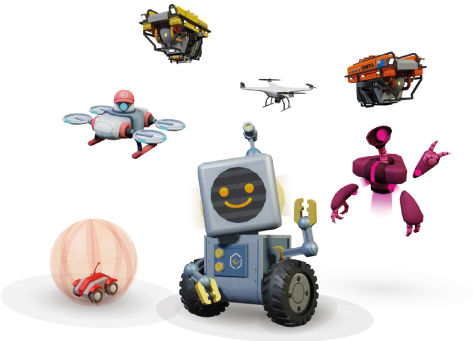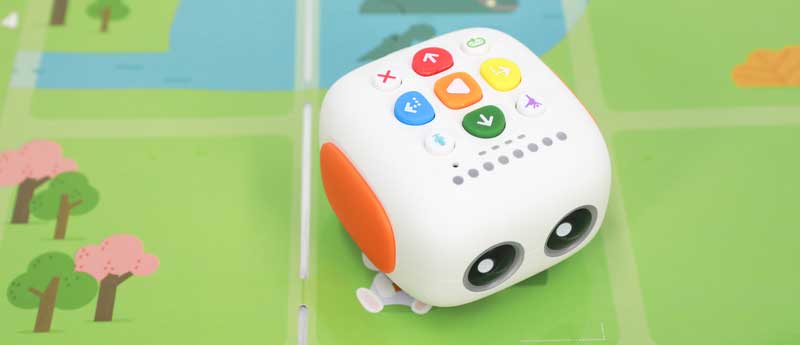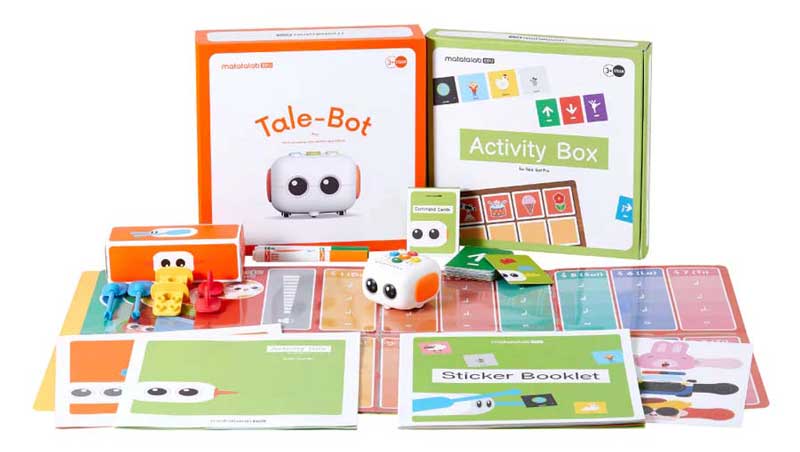
The Importance of Virtual Learning Across the Globe
The Importance of Virtual Learning Across the Globe
The last couple of years have been challenging the world over. A pandemic like this has been unprecedented but the human race has always been known to cope and adapt beautifully. There has been a great change in the way people go about their daily lives. There has been a transformation in the methods of operation not only for adults but for children as well. The Middle East has always been technologically advanced but the arrival of Covid has sped up the process of digitalizing everything. There is no task now that cannot be completed remotely and this includes learning. Although we may feel that our children have missed out on social interaction during their most impressionable years, there are also multiple advantages of trading an outdoor, physical life for an indoor, virtual one.
Parents have had to make adjustments and set up an effective module for working and schooling from home. It has been observed that homes in Dubai have always dedicated spaces inside the homes to children and their studies and now space permitting, a work-from-home- office setup. This is solely to highlight the fact that having a comfortable, dedicated spot is conducive to learning. With the whole family being at home all the time, it is imperative that a child has a dedicated spot to study, where there is good lighting and minimal distractions.
Virtual learning provides more time for children given that they do not have to spend time traveling to school and back home. This time must be used effectively for maximum output. Loitering aimlessly can be minimized by making a daily or monthly planner with set goals and tasks to be completed. Scheduling the day to optimize output helps them focus and feel a sense of achievement at the end of the day.

Children as young as 5 years are found to have superior technical skills. With the increased use of devices such as tablets, laptops, and phones, every child has learned to navigate through these devices to join a zoom call or submit their assignments on Google Classroom.
These kinds of platforms also cut down the turnaround time, so to speak as submissions are immediate and feedback from the teacher too is almost instantaneous. A virtual learning environment is also beneficial as it allows the students to collaborate and learn from each other. E-learning has enhanced everyone’s technical knowledge not only in the UAE but all through the GCC areas. Possessing this skill greatly enhances your chances of getting a better job in the future as technology is the future.
Parents too have an equal role to play in setting up an effective virtual learning environment for their children. One of the first things we teach our children before they out into the world is manners and saying words like please and thank you. In the virtual world as well, parents play an important role in imparting this ‘Netiquette’. These netiquettes teach you how to be a respectful cyber citizen by highlighting punctuality, dressing up appropriately, waiting for your turn before you speak, and presenting yourself well.
Schools the world over recognize the fact that over the next decade, almost 50% of the jobs will be automated, and therefore empowering our children with skills to create or control this automation is the order of the day. Equipping your child with coding skills has never been easier, with online robotics platforms like Robotify which teach you how to code in an easy-to-learn, fun-filled and accessible manner without having to purchase any expensive hardware or actual robots. A quick and simple registration process is all that you need to do before you can access multiplayer platforms which present real-life challenges in extraordinary virtual environments. Students are inspired to produce innovative ideas and solutions to real-life challenges in extraordinary virtual environments.

Robotify boosts creativity and critical thinking along with collaboration skills and problem-solving with its screen-free coding and STEAM robot toys. Children express themselves better and learn how to think sequentially and logically, to solve problems. Coding provides the set of tools that they will require for self-expression. It is a highly transferrable skill that you can apply to various fields regardless of whether you eventually become a software engineer or a professional. Hence, the importance of virtual learning in today’s world cannot be diminished and we must do all we can to ease our children into being comfortable with this change.

















Recent Comments